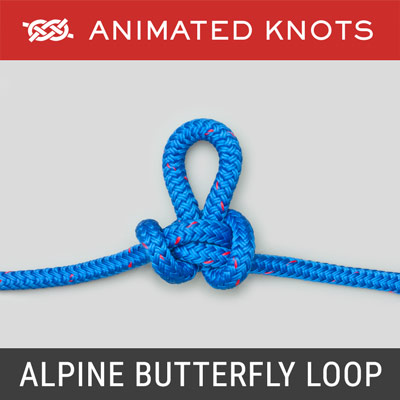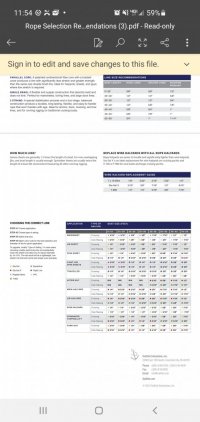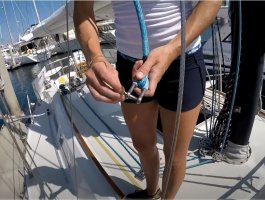Hi -perhaps to much time on my hands but looking at replacing my 14 year old jib sheets on a 38-200. I've calculated total 150ft. and looking at 5/8 diameter I'm just curious what size other owners are using.
thanks
jim
I replaced the genoa sheets on our 39B 2 years ago with the new Yale Cordage Ph.D Racer rope. It is a very light sheet and makes tacking and gybing easier. It is "sticky" on the winch drums and its bulky diameter is fuzzy and soft until loaded. I love my Genoa sheets!
1/2 inch is the largest diameter they offer (it feels much bigger) but with 13,300 lb breaking strength - it's more than strong enough!
150 feet is a lot of rope... I think I did 95 or 100 feet - on a continuous line




